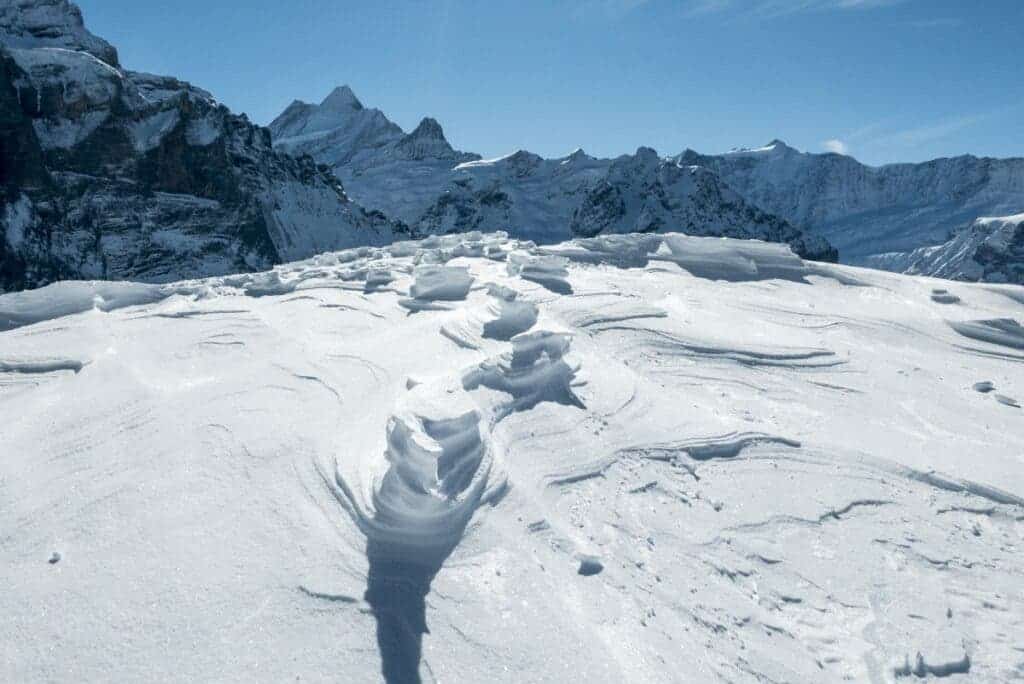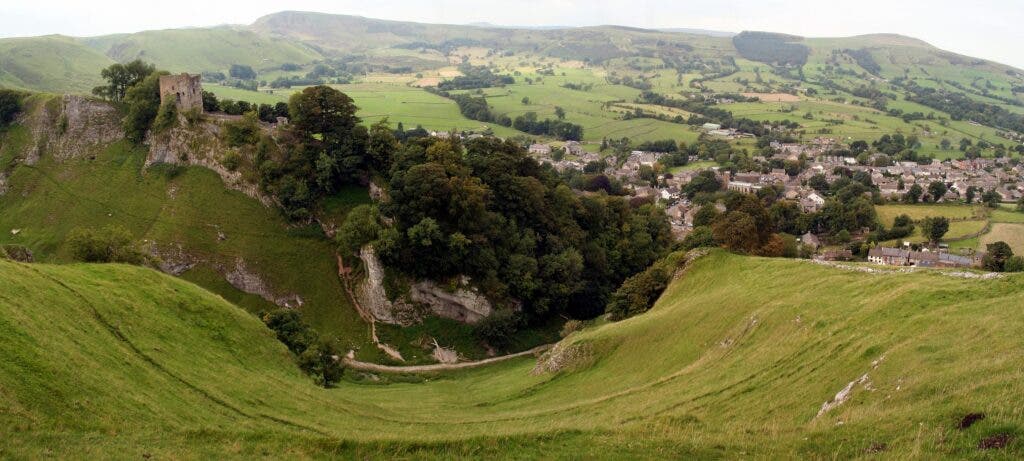Pollution conserved in a glacier in the Alps can be connected to conflict and civil unrest in 12th century Britain.

Mankind’s effect on the environment became much more pronounced after the Industrial Revolution — but it started much earlier. In truth, we’ve been affecting the planet in many ways for millennia.
The rise and fall of human civilizations can be seen in the polar ice sheets. The ice preserves chemical markers indicative of mankind’s activity — and it’s not just polar ice, glacier ice can also be studied similarly — offering surprising insight on particular events from thousands of kilometers away.
In a new study, researchers analyzing a 72-meter-long ice core from the Colle Gnifetty glacier in the Swiss-Italian Alps found physical evidence of the dispute between British King Henry II and the Archbishop of Canterbury, Thomas Becket — one of the most famous events in British history.
Henry and Becket were once close friends but had a major fallout that culminated in Becket being assassinated by a group of knights loyal to Henry. Becket was beheaded in a brutal attack at Canterbury cathedral on 29 December 1170.
The feat sent ripples throughout Europe. It was a major clash between the ruling power and the religious power that would have ramifications not only for the following years but for the following decades and centuries.
Lead, industry, and religion

As a result of the initial conflict, the church refused to work with Henry, which led to a decline in industrial and farming activity. As a result, there was less pollution being emitted into the atmosphere — particularly lead particles, which are heavy.
Like tree rings, ice contains indicators of environmental conditions. If some types of pollution get into the atmosphere, they can be transported and deposited on the surface of the ice, which then gets covered by more and more layers. Essentially, glaciers can “trap” the pollution history in the buildup of ice, and researchers can then date and correlate this with historical events.
Atmospheric modeling showed that much of the lead contained in the Colle Gnifetty glacier was carried by winds from the north-west — including the UK, where lead mining and smelting was booming in the late 1100s. So by looking at the recorded lead pollution inside the ice, researchers could tell how the industrial activity was faring over in the UK. The observed correlation was remarkable.
The start of the conflict marks a noted decrease in the levels of lead pollution (first vertical orange line below). Then, after Becket was killed and Henry was excommunicated by the Pope, the British king tried to gain religious favor by building major monastic institutions very quickly, causing a rise in pollution.
This isn’t the only historical event highlighted

“The correspondence between the CG lead-pollution profile and English lead production under the Angevin kings is striking,” researchers write in the new study. “Detailed analysis of textual, archaeological and geo-archaeological records across Europe, together with analysis of atmospheric circulation confirms Britain as the principal source of the lead pollution between c. 1167 and 1216.”
The current study provides an interdisciplinary look into the connections between political events cascade into industrial events, and subsequently, into pollution.
The fact that a political struggle in Britain can affect a glacier in the Alps illustrates how interconnected our world is, even in medieval times. The fact that researchers can detect these effects almost a thousand year later is even more impressive.
“The results illustrate with remarkable clarity the impact of political (in)stability and transport security on specialist commodity production and movement in one of Europe’s most powerful political hegemonies during the later twelfth century,” the researchers conclude.
The study has been published in the journal Antiquity.






